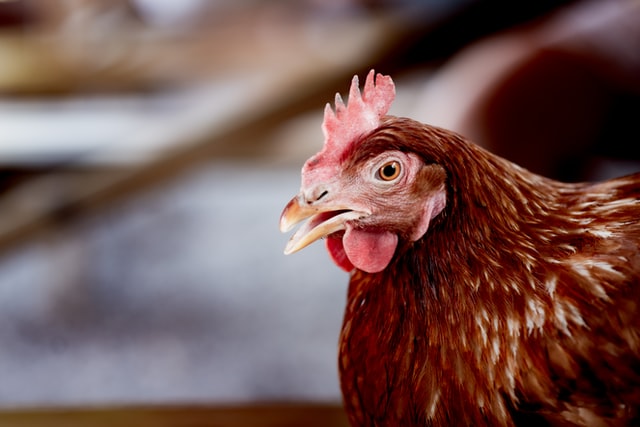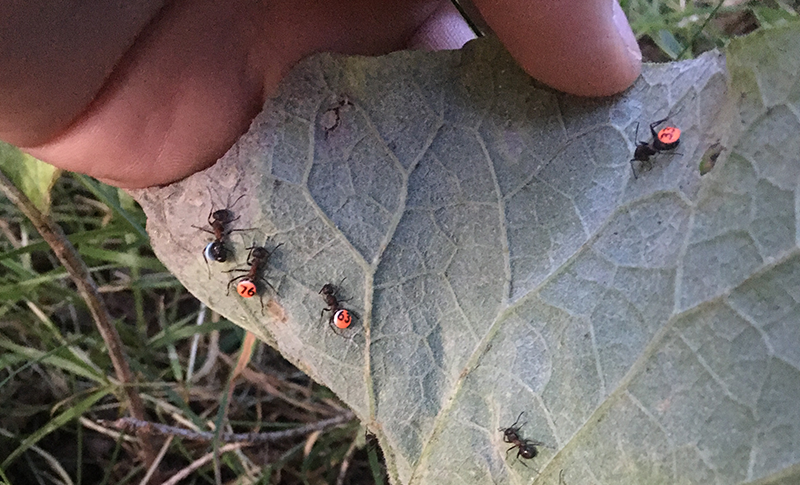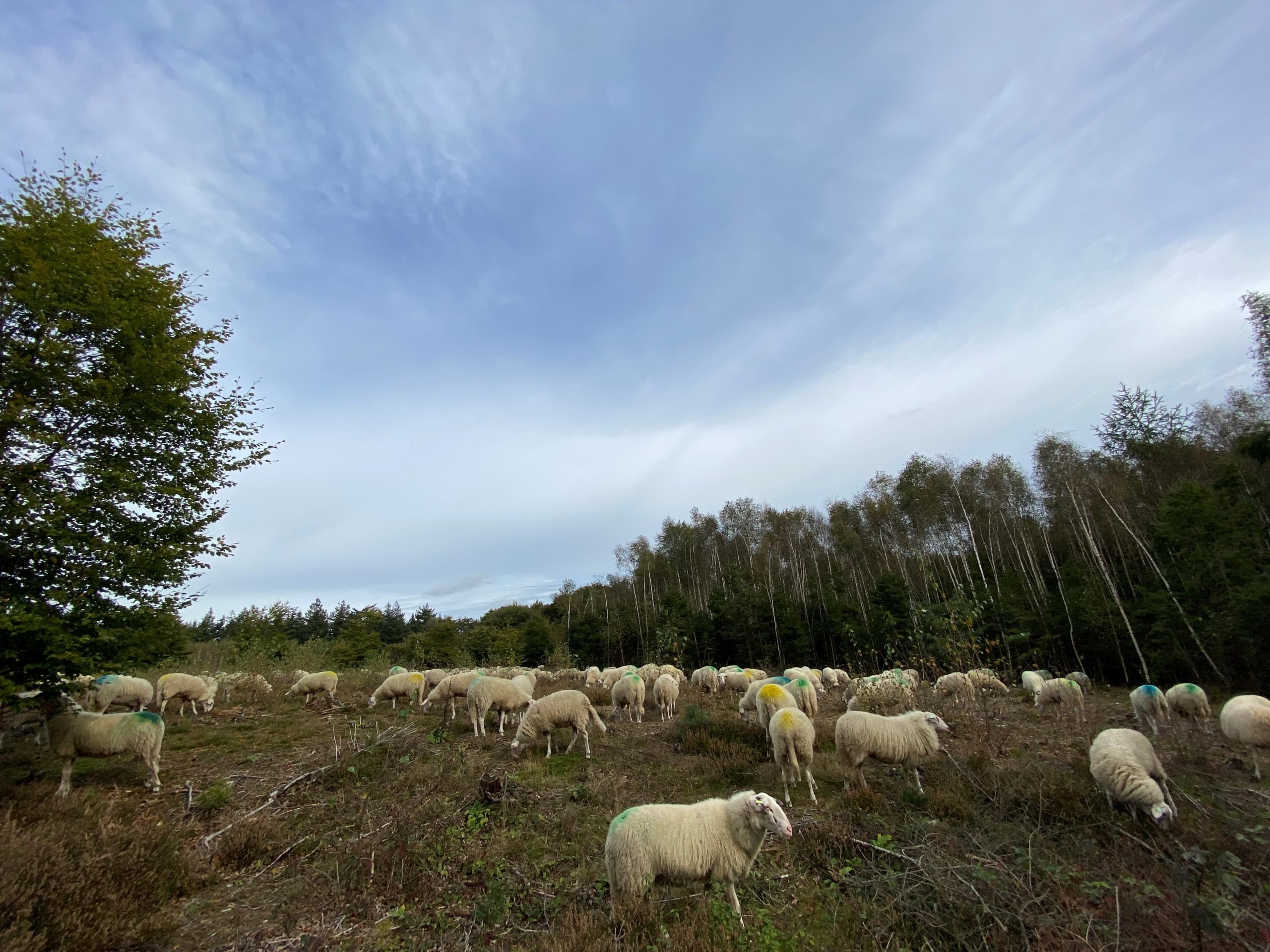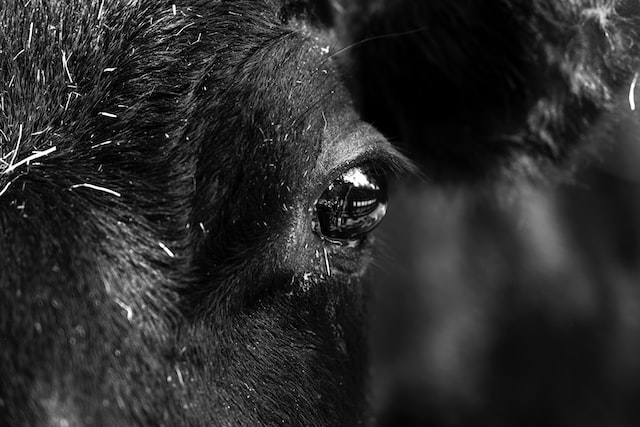‘Avian influenza spreading in the Gelderland valley, that is a scene from a horror film’, said Wageningen Bioveterinary Research (WBVR) avian influenza expert Nancy Beerens last week in newspaper de Volkskrant. This feared scenario seems to have come a step closer now that the recent analysis by WBVR of the latest avian influenza reports in Lunteren and its surrounding area seems to indicate that infections were spread between farms.
To gain insight into the origin of the infections, and at the behest of the Dutch national government, Wageningen Bioveterinary Research is analysing the genetic code of the highly pathogenic H5N1 avian influenza viruses that were found on poultry farms. Almost all of the previous bird flu outbreaks this season were traced to separate infections through wild birds. However, genetic analysis of the recent infections in the Gelderland valley showed something else: two clusters of infections in which the viruses are very closely related. ‘It is likely that two farms were infected by wild birds, after which the virus was able to spread to farms in the vicinity’, says Nancy Beerens, head of the Nederlands Referentie Laboratorium voor Aviaire Influenza (Dutch reference laboratory for avian influenza) at Bioveterinary Research.
All hens on deck
‘The worst-case scenario is that the avian influenza virus is now “wandering” on from the infected farms’, says Beerens. That is why poultry farms within one kilometre of an outbreak are being culled as a precaution. Poultry farms within a radius of three kilometres — in this poultry-dense region there are dozens — will all be sampled by the NVWA and analysed by the WBVR laboratory in Lelystad. Beerens confirmed that that means all hands on deck. ‘We don’t care about King’s day or the weekend at the moment; the analyses of these samples must be done by the next working day.’
Neighbouring farms
Beerens desperately hopes that the two designated ‘rings’ will succeed in stopping the further spread of the virus. ‘It still means that many animals will be culled, but hopefully that will be the extent of it.’ The cull is also being done with additional caution, as the avian influenza virus is capable of spreading over short distances to neighbouring farms via dust particles or feathers. This is a risk in an area where the poultry farms are so close together. ‘It often remains unclear how the spread actually occurred; the virus can be transported by people, materials, dust particles, and by rodents, for example.’
Incubation period
Beerens says that, with an incubation period of over a week, there will be concern until after the weekend. ‘The past three days were quiet with regard to new reports. We had hoped that it would stay like that. Unfortunately, another new outbreak was detected yesterday evening.’

 Photo Laura Adai/Unsplash
Photo Laura Adai/Unsplash 

